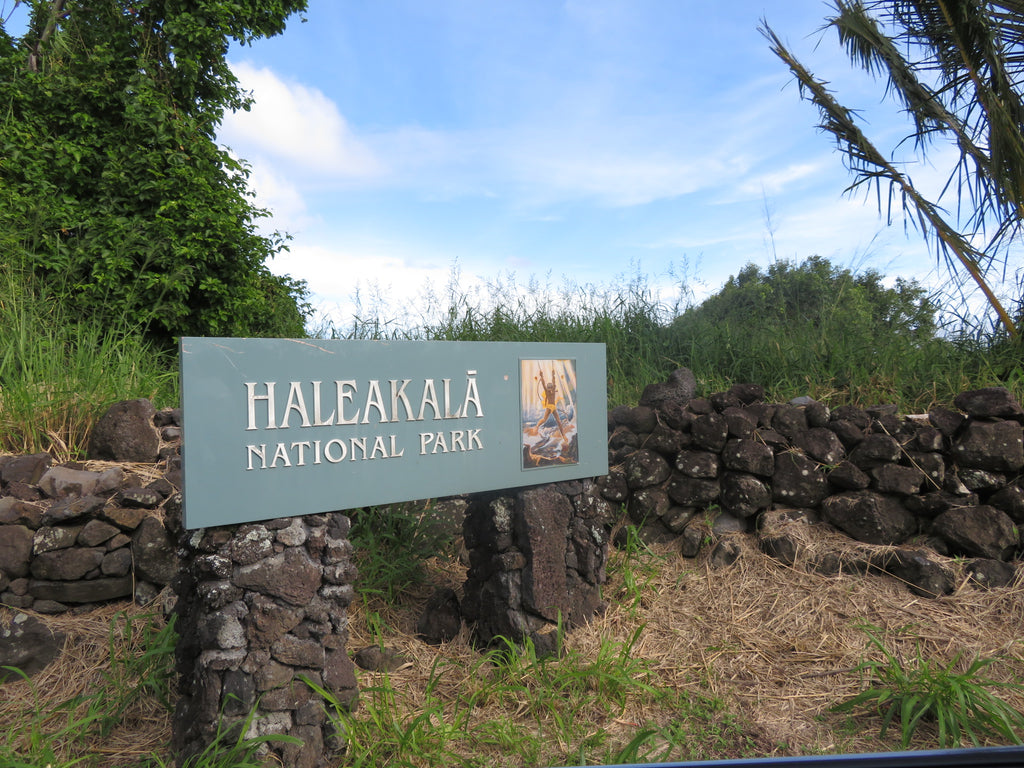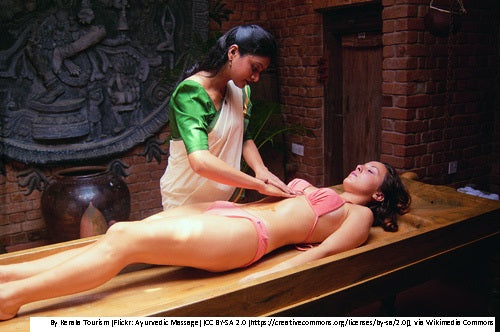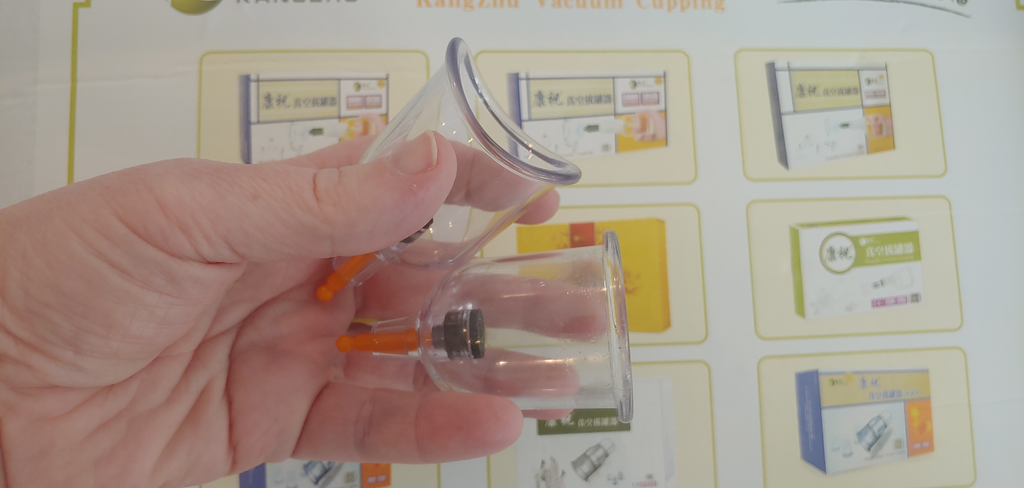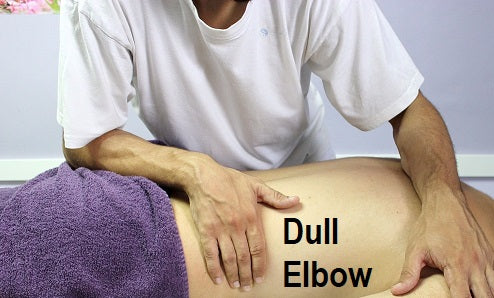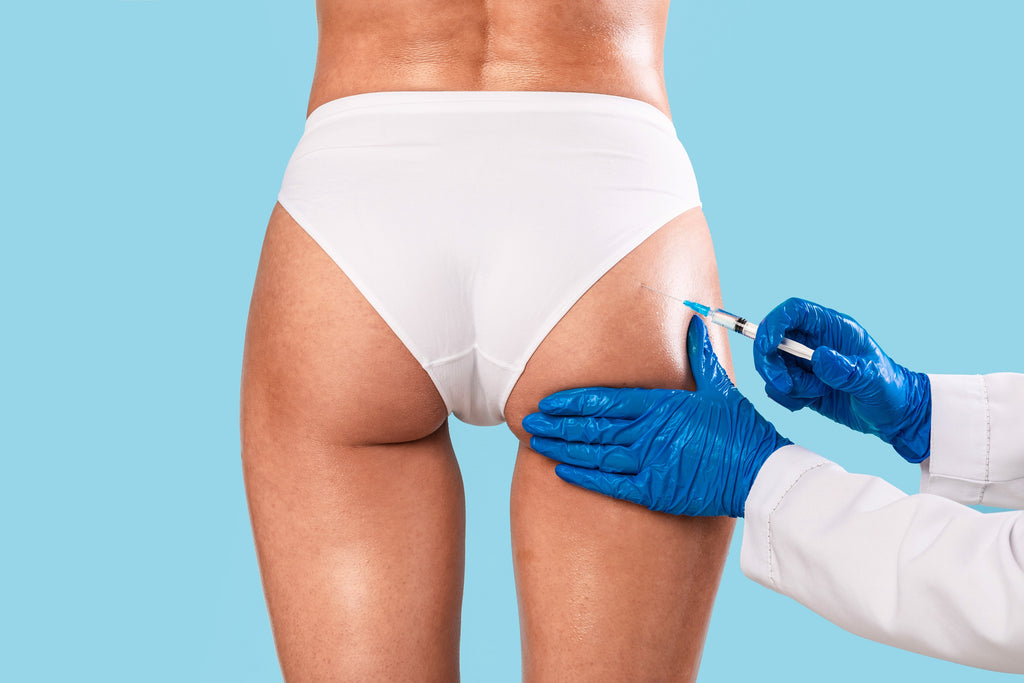Plastic surgeons often refers patients for post-surgical manual lymphatic drainage to relieve pain and swelling, or they may prescribe deep tissue massage for new muscular contracture over an implant or filler, or more.
Even with a doctor’s written prescription and direction, shifting or migration of fillers and implants could happen or be blamed on the therapist's manual therapy, and shifting could have already occurred, hence the referral.
It's important for massage therapists to remember that working over fillers or implants is contraindicated. Shifting and migration could occur with the manual therapy, and it is not worth the risk to try to achieve the benefit, especially given the lack of certainty with both. Therapists, clients and doctors cannot always control shifting and migration issues within the human body. This is one of many reasons why working over foreign materials implanted in the body is a massage and bodywork contraindication.
Migration and shifting are terms used to describe when a foreign material has moved away from its original placement site. This can also be called displacement.
Migration is the term commonly referenced when a foreign material has migrated to places such as the client’s bloodstream. Shifting is the term commonly referenced when a foreign material has shifted away from its original placement site, such as instances with physical force, capsular contraction or aging.
Migration and shifting issues of foreign materials within the body can cause physical disfigurement, swelling, pain, obstruction of circulation and even death in some cases.
Shifting of foreign materials can also occur over time and for other various reasons. Skin thickness, gravity, muscular contractures and more could all cause undesirable shifting issues.
While temporary fillers such as Juvéderm and Restylane are considered safer than a permanent filler, there is still concern that shifting or migration could occur with any foreign material, regardless if the foreign material is considered temporary, permanent, synthetic, or living tissue including fat.
MTs Cannot Reliably Control Foreign Material Shifting
Sometimes, massage or bodywork will be prescribed by a physician in an attempt to purposely influence foreign material shifting. The problem is, a practitioner cannot always control where the foreign material will shift to with their hands-on work, and sometimes shifting can result in an undesirable placement.
What is important to remember is the client’s wish to change their physical appearance is met by having a foreign material placed at a specific site in their body. That physical appearance can be drastically changed or undesirable when the foreign material shifts away from its intended placement site.
Permanent Silicone Injectables
Silicone injectables are an example of fillers used that are not approved by the FDA because they are permanent and remain within the body. The FDA warns, “It can move throughout the body and cause serious health consequences, including death. In fact, when injected into areas with many blood vessels, such as the buttocks (butt), silicone can travel through those vessels to other parts of the body and block blood vessels in the lungs, heart, or brain. This can cause a stroke or even death.”
The FDA’s warning of foreign material migration is a huge concern for massage practice. Massage should not be applied over foreign materials; it is simply ill-advised.
It should be noted that whole and intact silicone implants used for cosmetic procedures such as breast augmentation would not apply to this referenced FDA migration warning. While silicone implants have their own worrisome concerns such as they can shift away from their original placement site with incorrect placement or when they are too large for the area and more, this FDA warning is about silicone injectables.
To learn more, please register for quality affordable professional training at: https://ceinstitute.com/
Please click HERE if you would like to read our article on Massage Magazine's website.

#massage #lmt #mt #mld #manuallymphaticdrainage #bbl #brazilianbuttlift #bodywork #contraindicated #serviceprecaution #implant #filler #breastimplant #injection #cosmetic #plasticsurgery #cosmeticprocedure #surgery

